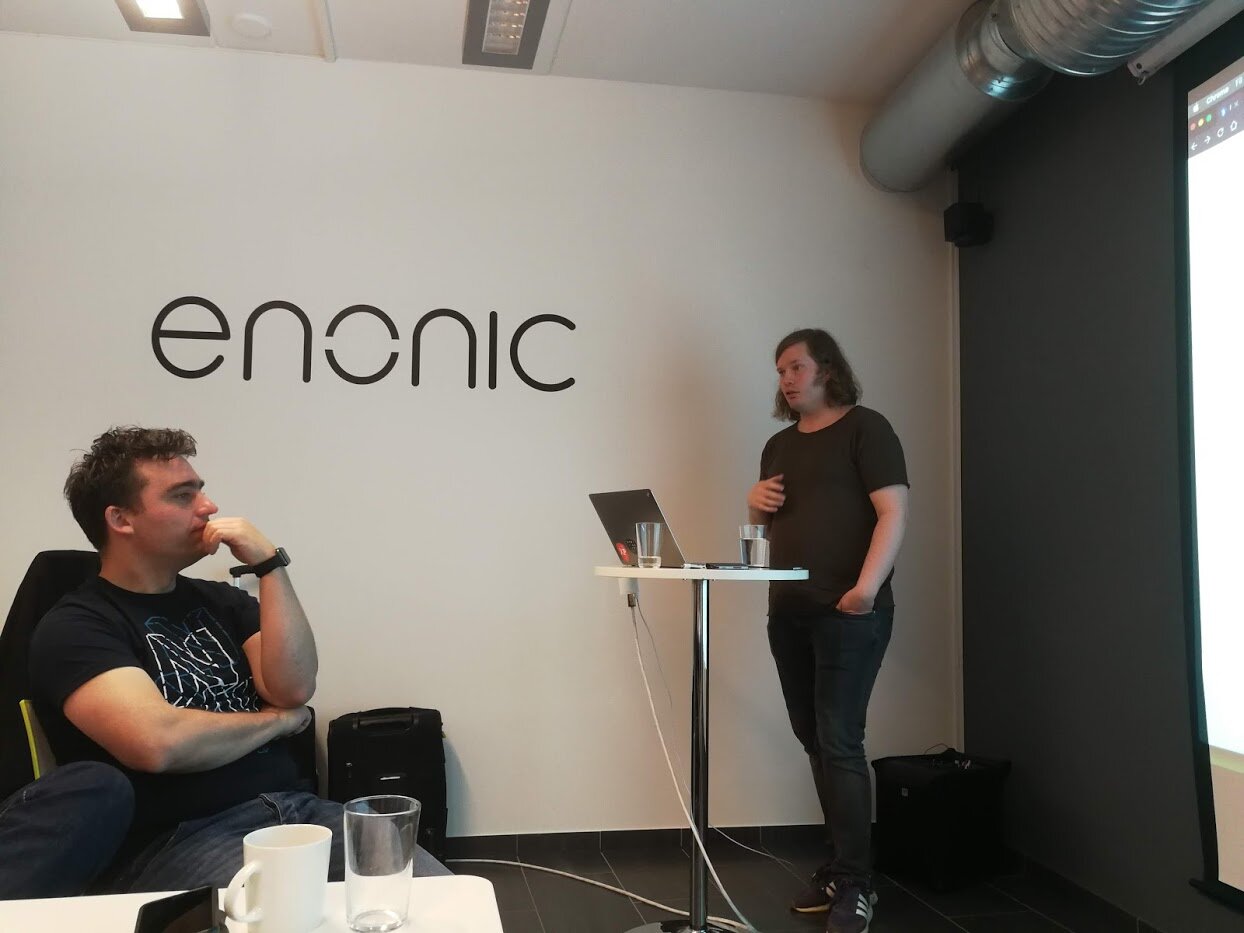by Janus Boye
If you want to make sure that your design system doesn’t get left behind, you need to create a community around it, so that many can participate and keep it alive.
This was one of the key messages in a recent member conference call with Torstein Aas-Hansen, who is a design leader at the Norwegian insurance firm Gjensidige.
Based on his experience as Product Owner Gjensidige.Design, Torstein shared his insights on design leadership, Design Ops and how they manage design at the insurance firm.
What’s the Gjensidige approach to design leadership?
One of his opening points was that design leadership starts outside the office. It’s about much more than just designing a pretty user experience on the website. As Torstein said:
“It’s for planet, people and pixels”
At Gjensidige, they’ve taken a big picture approach and connected their design work to the Sustainable Development Goals, specifically:
#3: Good Health and Well-being
#8: Decent Work and Economic Growth
#11: Sustainable Cities and Communities
#12: Responsible Consumption and Production
#13: Climate Action
He went on to talk about the importance of empathy. To quote
As a design leader, you have to empathise with both customers and colleagues
According to Torstein, design is a team activity, so it’s important to put people first. In order to succeed, you have to focus your energy and resources on the respective teams within your organisation, as well as on the individual designers. Comparing to jazz, he said:
You have to make room for individual improvisation, and trust that the team will be able to perform together.
Torstein presented in person to our CMS Expert community in Oslo in May 2019. Enonic kindly hosted us
What’s the Gjensidige Design System?
As he dived into the specifics of their design deliverables, he also shared details about @gje, the Gjensidige Design System.
The system has 6 individual parts:
Component library with visuals, properties, style, HTML and more
Workflow and tools including the design process and all the tools they use to collaborate
Community with documentation for new employees, support, forums and inspiration
Look and feel which goes deep on the brand promise of colourful, asymmetric, playful, gradient free and task oriented
Tone of voice detailing how they are friendly, relevant and with a clear voice
The brand manual on what they are and what customers expect
He shared a few examples, including component design, which you can find in the slides (see below).
Centralise your design system, but decentralise the ownership.
In terms of their design operations, DesignOps, he shared how they organise the work in 6 different countries, with centralised design operations, but decentral ownership.
As a part of the questions and answers part of the call, he elaborated a bit on how they balance user needs versus wants. He basically said it’s about research and insights, combined with lots of interviews and user testing. What works in Norway, might not work the same in the Baltic States.
When asked about the skills and profiles in his team, he mentioned how valuable it is to have people in the operation who understand the craft. In his view, this makes it easier to empathize with their needs.
Learn more about design leadership
You can browse the slides (PDF) or view the entire 27-minute recording below.
On the topic of community management, do read this piece from our 2018 conference featuring Rachel Happe who is a widely acclaimed expert on the topic: Control Is For Amateurs: Empower The Community To Change The Culture In Your Organization.
We’ll also have a design leadership community. Join us and meet other design leaders and learn from their experiences.
Finally, do feel free to leave a comment below to continue the conversation.

